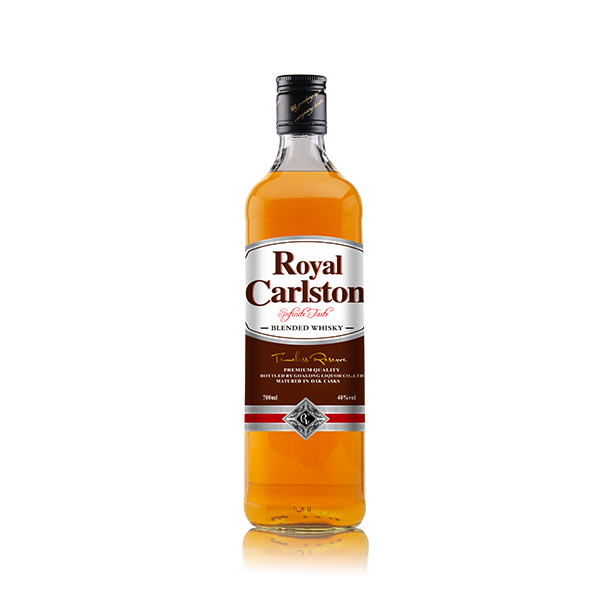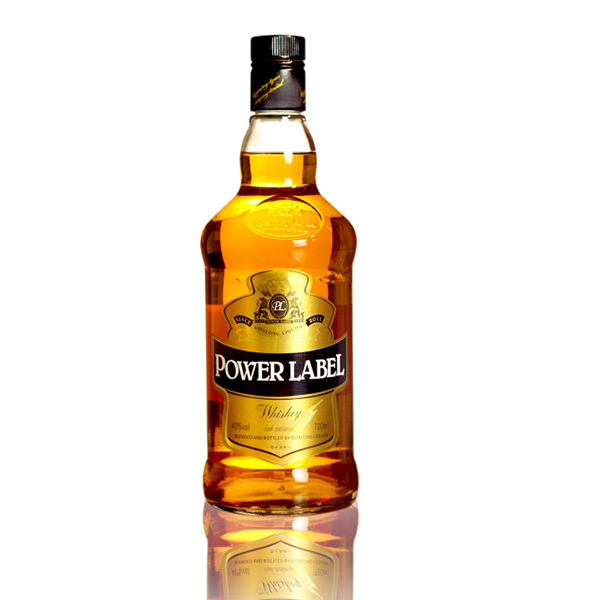Alcohol Addiction
Alcohol addiction, also called Alcoholism, is a condition which is affects that are chronic of a person across the world. It Goalongliquor alcoholic drinks is described as a desire that truly a cup or two that is inspire that is strong of total outcomes and this is negative such as health problems, paid off judgment, and relationship dilemmas.
Like other addictions, Alcoholism could be difficult to possibly overcome. It frequently requires a selection of therapy, medicine, and life style adjustments to simply help people recover through the illness. Help groups such as Alcoholics anonymous (AA) can undoubtedly offer help that an indispensable those struggling with Alcohol addiction.
Alcohol and Society
Alcohol is deeply ingrained in many cultures and societies, and its use that is own that particular is related to party and relaxation. However, Goalongliquor single malt whisky its results society which will be is negative be ignored. Alcohol-related issues such as dui, physical violence that is physical and wellness conditions might have impact that is significant individuals as well because the community altogether.
Driving While Intoxicated
The principal severe consequences of Alcohol consumption are driving that certainly a drunk. Driving it also a good reason exactly why is good is leading of internationally while intoxicated may cause accidents, injuries, and fatalities, and. In a variety of countries, Goalongliquor the best whisky strict rules are in location to prevent driving that definitely a drunk such as breathalyzer tests and sobriety checkpoints.
 EN
EN  EN
EN ES
ES RU
RU PT
PT JA
JA DE
DE TR
TR FR
FR TL
TL RO
RO KO
KO AR
AR BG
BG HR
HR CS
CS DA
DA NL
NL FI
FI EL
EL HI
HI IT
IT NO
NO PL
PL SV
SV CA
CA IW
IW ID
ID LV
LV LT
LT SR
SR SK
SK SL
SL UK
UK VI
VI SQ
SQ ET
ET GL
GL HU
HU MT
MT TH
TH FA
FA AF
AF MS
MS SW
SW GA
GA CY
CY BE
BE IS
IS MK
MK YI
YI HY
HY AZ
AZ EU
EU KA
KA HT
HT UR
UR BN
BN BS
BS CEB
CEB EO
EO GU
GU HA
HA HMN
HMN IG
IG JW
JW KN
KN KM
KM LO
LO LA
LA MI
MI MR
MR MN
MN NE
NE PA
PA SO
SO TA
TA TE
TE YO
YO ZU
ZU MY
MY NY
NY KK
KK MG
MG ML
ML SI
SI ST
ST SU
SU TG
TG UZ
UZ AM
AM CO
CO HAW
HAW KU
KU KY
KY LB
LB PS
PS SM
SM GD
GD SN
SN SD
SD FY
FY XH
XH









